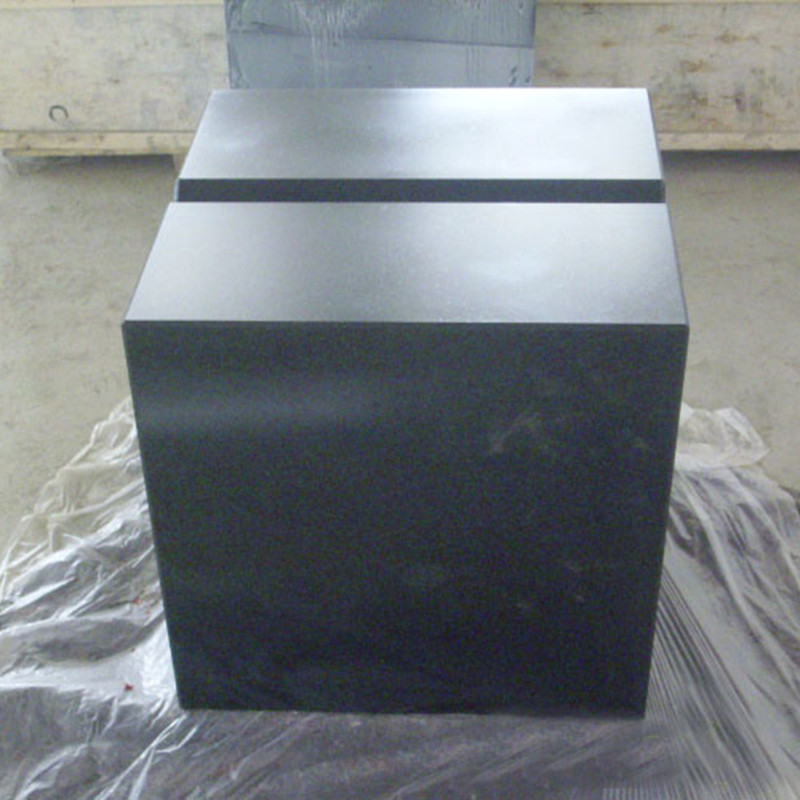ታኅሣ . 05, 2024 05:31 Back to list
Steps to Properly Open a Water Valve for Beginners
How to Open a Water Valve A Comprehensive Guide
Opening a water valve may seem like a simple task, but it is essential to understand the different types of valves and the proper techniques involved in ensuring that water flows safely and efficiently. Whether you’re dealing with a valve in your home plumbing system, an irrigation system, or an industrial setting, knowing how to open a water valve correctly can save you time and prevent unwanted water wastage or damage. Here’s a detailed guide to help you with this process.
Understanding Water Valves
Water valves come in various shapes and sizes, and they serve multiple purposes. The most common types include gate valves, ball valves, globe valves, and check valves. Each type functions differently
- Gate Valves These valves are primarily used for on/off control and have a gate mechanism that opens and closes by lifting or lowering. - Ball Valves These valves use a spherical disc to control the flow. They provide a tight seal and are quick to open or close. - Globe Valves Known for their throttling capability, globe valves are used to regulate flow. They have a spherical body which gives them their name. - Check Valves These valves allow fluid to flow in one direction and prevent backflow, often found in drainage systems.
Tools You Might Need
Before you open a water valve, make sure you have the necessary tools at hand. Depending on the type of valve, you may need
- A wrench or pliers (for gate and globe valves) - A hand crank (for some larger valves) - A bucket or towel (to catch any leaking water) - Safety goggles (to protect your eyes in case of sudden water flow)
Steps to Open a Water Valve
1. Identify the Valve Type Before attempting to open any valve, identify which type you are dealing with. This will determine the method you should use.
how to open a water valve

2. Turn Off Supply (if necessary) If you are working on a system that could cause flooding or excessive water flow, it’s prudent to shut off the main water supply before proceeding.
3. Inspect the Valve Before you attempt to open the valve, examine it for any visible damage, corrosion, or signs of wear. This inspection helps prevent issues when opening.
4. Use the Correct Method - Gate Valve To open a gate valve, turn the handle or wheel counterclockwise until it stops. This may require some force if the valve hasn’t been operated in a long time. - Ball Valve Simply turn the lever or handle 90 degrees (a quarter turn) counterclockwise to open. If the valve is difficult to move, apply some lubricant and try again. - Globe Valve Rotate the valve handle counterclockwise. Unlike gate valves, globe valves may need several turns to fully open or close. - Check Valve These valves typically do not require manual opening or closing as they operate automatically; ensure that it is functioning as intended by checking the line flow.
5. Check for Leaks After the valve is opened, inspect the area around the valve for any leaks. If water is seeping from the joints, you may need to tighten them or replace the valve.
6. Final Checks Once you’re confident that everything is working properly, monitor the flow of water to ensure that it’s operating as expected.
Safety Considerations
Always keep safety in mind while working with water valves. Be sure the area is dry, wear appropriate safety gear, and never attempt to force a valve that feels stuck. If the valve is too corroded or damaged, consider calling a professional plumber for assistance.
Conclusion
Opening a water valve may be a simple task, but understanding the type of valve, using the right tools, and following proper procedures is crucial for a successful operation. By following the steps outlined in this guide, you can efficiently manage your water systems and prevent common mishaps. Always remember, when in doubt, consult a professional to ensure safety and efficacy in your plumbing tasks.
-
Why Metric Trapezoidal Thread is Ideal for Precision Motion ControlNewsAug.05,2025
-
The Unique Properties of a Block of Granite for Industrial UseNewsAug.05,2025
-
The Role of Flanged Y Strainers in Preventing Pipeline ClogsNewsAug.05,2025
-
The Importance of Regular Calibration for Master Ring GagesNewsAug.05,2025
-
How a Cast Iron Surface Table Enhances Accuracy in ManufacturingNewsAug.05,2025
-
Comparing Different Check Valve Types for Optimal Flow ControlNewsAug.05,2025
Related PRODUCTS









